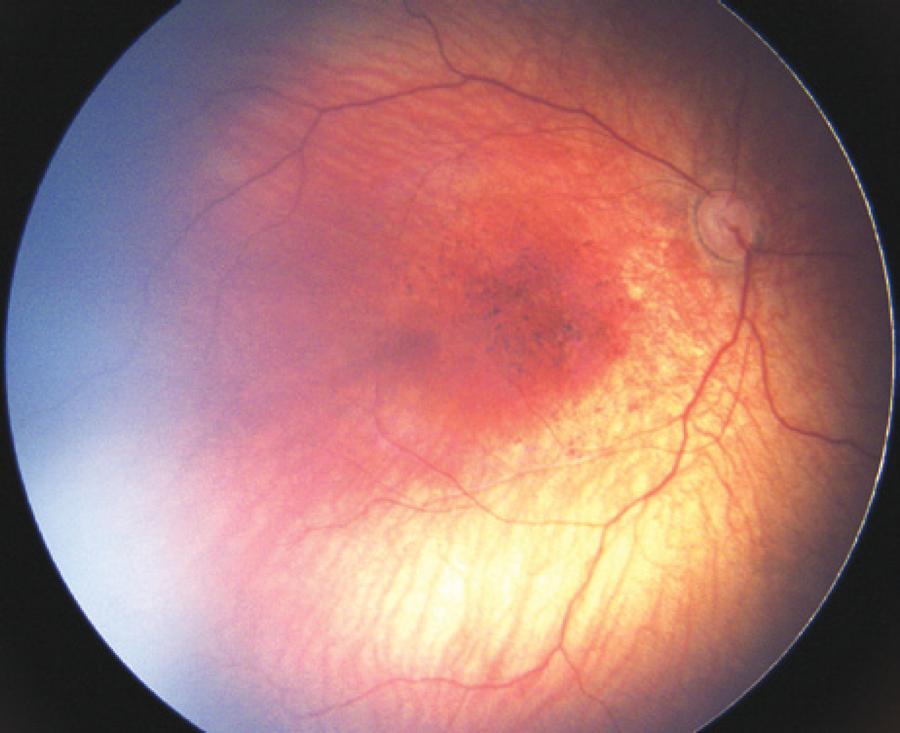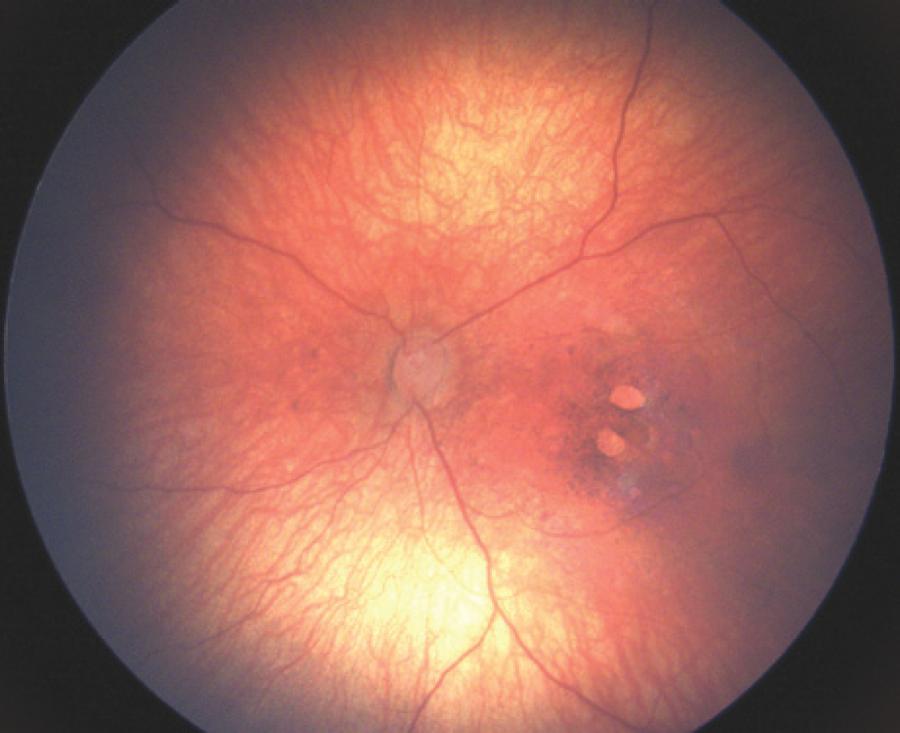ABSTRACT
Purpose:
In 2015, a twenty-fold increase in the prevalence of microcephaly in Brazil was reported, and the Ministry of Health associated this abnormal prevalence with the maternal-fetal Zika virus (ZIKV) transmission.
Methods:
We assessed the ophthalmological findings of ten mothers and their infants that had been clinically diagnosed with ZIKV-related microcephaly and presented ocular abnormalities, born from May to December 2015.
Results:
Seven mothers (70.0%) referred symptoms during pregnancy (malaise, rash and arthralgia), of which six (85.7%) were in the first trimester. At the time of exam, no ophthalmological abnormalities were identified in the mothers and they did not report ocular symptoms during pregnancy. Serology was negative in all infants for Toxoplasmosis, Rubella, Cytomegalovirus, Syphilis and Human Immunodeficiency Viruses. Ocular findings included macular alterations (gross pigment mottling and/or chorioretinal atrophy) in fifteen eyes (75.0%), and optic nerve abnormalities (hypoplasia with double-ring sign, pallor, and/or increased cup-to-disk ratio) in nine eyes (45.0%).
Conclusions:
Patients presented normal anterior segment and important macular and optic nerve abnormalities. Further studies will assess the visual significance of these alterations.
Keywords:
Microcephaly; Zika virus; Ocular findings; Vertical transmission; Retina



